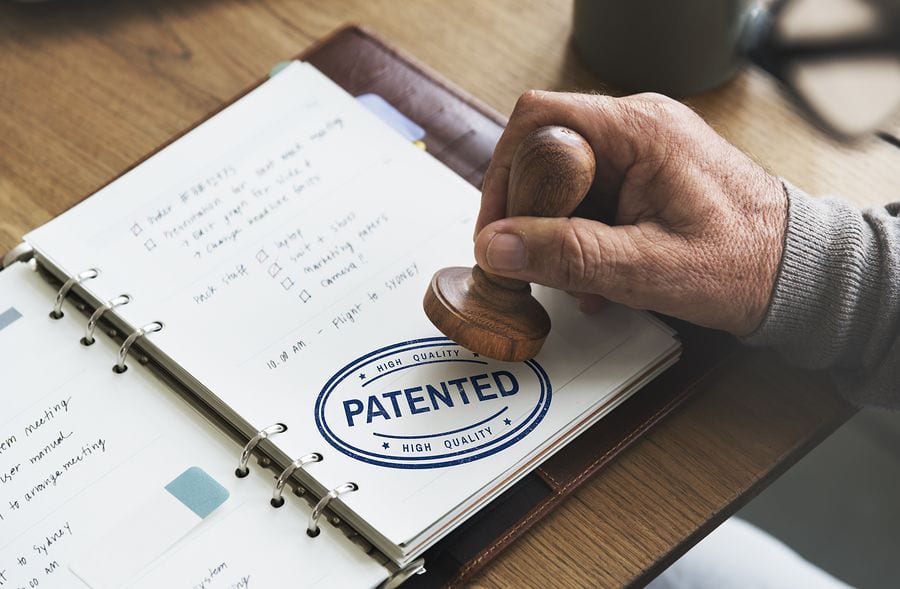Imagine you have a great idea, and that’s it. You do not have the resources to make it a reality or even the time to work on it. But you know that idea can take you a long way. What is an easier alternative to encash upon such ideas and make them work for you without putting in a lot of manual effort? Licencing!
Licensing is another option to use sponsorship of a manufacturer to fund your invention and sell it in the market such that you still retain rights to it and get a royalty.
So, here are a few things you have to know before you license your invention.
1. Know the terms and paperwork required.

Licensing is done by partnering with a manufacturer having a distribution chain that would rent and showcase your invention in the market. You’d be the licensor and this company would be called the licensee. They would be given rights to your invention. This falls in the intellectual property category. Licensing agreement allows them to buy or rent your goods which gives you an entitlement.
Generally, the licensee has a team that effectively manages all the paperwork and legal procedures. They have sales reps or agents that pitch your inventions to prospective buyers, thus not putting you under much pressure.
2. Keep a provisional patent application or non-provisional patent.
This is very important. As you’re dealing with intellectual property, you have to make sure your product isn’t copied. This is ensured by a patent application that has a Patent-Pending status. Some people skip this and just sign an NDA or confidentiality statement but it could be quite risky.
A patent is generally not required as the selling cycle is very short and your product generally doesn’t retain its popularity for too long. Ensure you file a good and strong patent application. Incorporate the workarounds and variations to establish your ownership which makes you get paid more.
3. Having a functional prototype.

Sure, you don’t have to worry about the manufacturing. But to get a license for your invention, having a working prototype is absolutely mandatory. This helps convince potential licensees to take responsibility for your products. Some experts even suggest making a one-page sell sheet with photos of your invention to convince the interested companies.
It is advised for you to not spend a lot of money developing elaborate and multiple prototypes. The one-page sell sheet which you can get for below $100 and one basic prototype is enough. Some people say even a prototype is sometimes not required, and you can develop one only after a manufacturer is interested.
4. Find the perfect licensee.
There are so many companies to choose from. How do you decide which is the best? When you are looking for potential manufacturers, look for where your product would perform in the best way. Go physically and check for products similar to yours in the market and note down their manufacturers. Make the necessary calls and ask them if they’re interested in your invention.
There are networking forums across the internet that connect inventors with industries.
To get more information regarding pushing your invention to great heights, check out Inventhelp.
Also, selecting a good company is very important. Check their track record, make sure other inventors were satisfied working with them and the benefits they give are fair.
5. Plan your licensing agreement beforehand.

The next step after the manufacturers like your idea is the drafting of the licensing agreement. Here, details about the royalty you would be entitled to would be specified. Royalty means a fixed percentage of the sales they receive by selling your product.
Licensing agreement also has other aspects like the territory, guarantees, and all the advances they would sanction. A licensee is a partner and they’d expect you to involve them in every aspect. The design modifications, the activity of production, and distribution to the retailers would be elaborated.
Knowing how you want the benefits and at what percentage is very important. If you decide this beforehand, it would give you clarity during the agreement discussions.
6. Don’t stop the ideas.
As an inventor, it is important to have ideas. Creativity plays an important part and even if you have one idea, finding more ideas related to yours helps you when pitching your ideas to the licensee. Focusing on the principle behind your invention and knowing all aspects of it is very important. As the inventor, it is expected of you to comprehensively know the details of everything about your product.
7. Build Contacts

Being updated about every single aspect of your invention is essential and educating yourself about the invention process is also a must. Also, if you’re in the industry long enough, you have to know their inside secrets. These connections stay with you for a long, long time and would be really useful when you’re trying to make something revolutionary.
Try not to jump industries too. This affects your productivity and you’d have to generate a whole different contact base which can be cumbersome.
Understanding how one industry works takes a lot of effort. Trying to understand another one can cost you time and resources. Thus, you may not be able to do something at your full potential.
Conclusion
The world has now made it both easier and tougher for inventors to play their game. They’ve made it more systematic by allowing a lot of laws and formulating many procedures that protect the interests of the inventor.
However, it takes more effort for inventors now because the competition is really high. Without prior research and effort, no invention can make breakthroughs now. People have dissected the invention process and built their products step by step. Now, the aim is to both rake in profits and contribute to solving some problems on earth.
This is encouraged with patent guidelines and other legal mandates concerning inventions. So, knowing the rules inside out and the procedures gives an insight as to how you can get your invention licensed.










